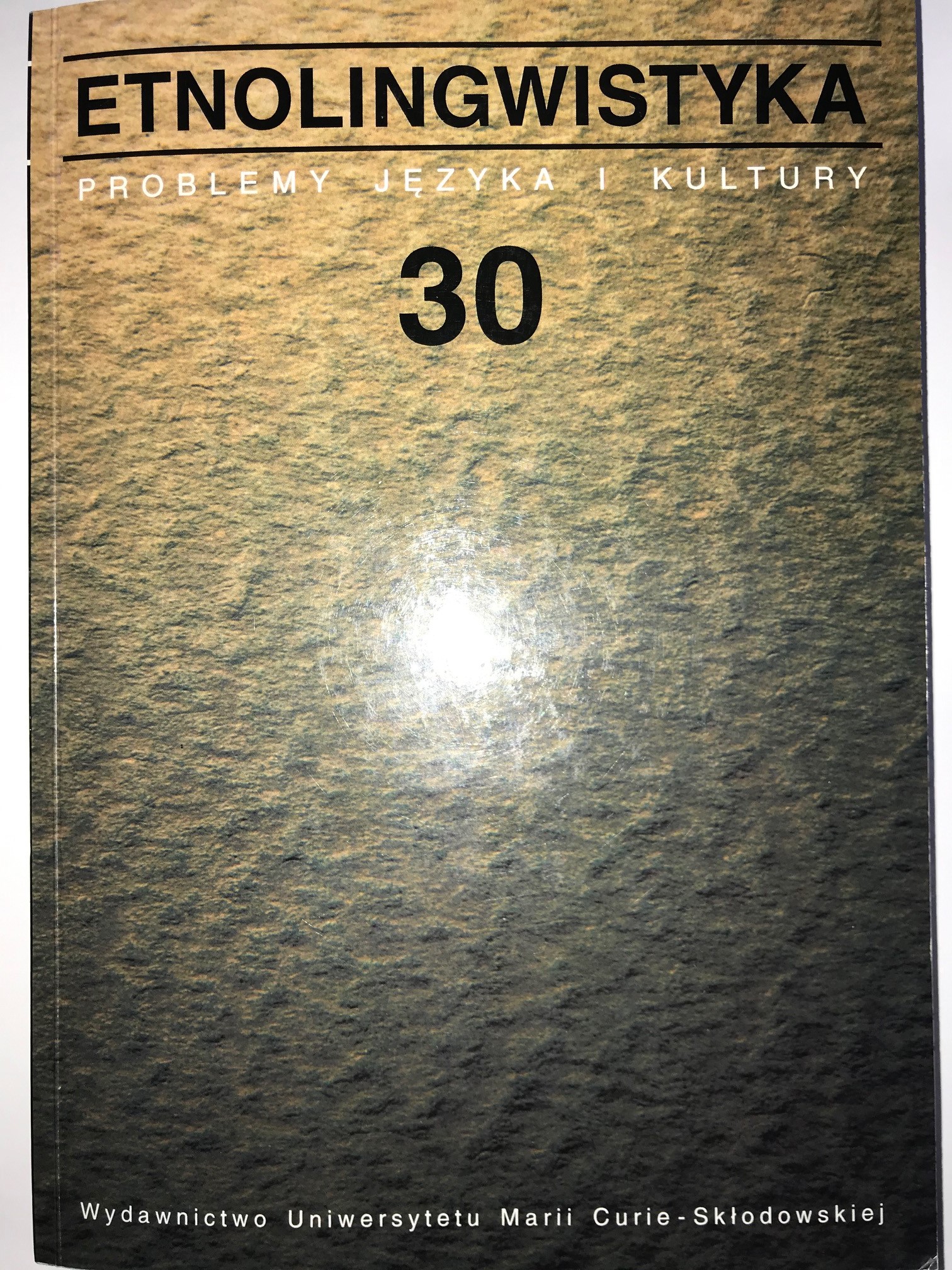Nijakość w języku i neutralność w literaturze jako sygnał odmienności kulturowej?
The neuter in language and neutrality in literature as a signal of linguistic otherness?
Author(s): Eliza Pieciul-KarmińskaSubject(s): Cognitive linguistics, Translation Studies
Published by: Wydawnictwo Naukowe Uniwersytetu Marii Curie-Sklodowskiej
Keywords: linguistic worldview; neuter gender; literary translation
Summary/Abstract: It is assumed in the linguistic worldview conception that a language’s grammatical structure can accentuate certain aspects of semantic content and thus contribute to the emergence of a specific, often unique and untranslatable worldview. A grammatical category of this kind is the neuter gender in German: its frequent use stems from the lack of gender endings on verbs, as well as from the fact that diminutives (ending in -chen or -lein) are neuter (hence the surprising neuter gender of das Mädchen). Especially important in this respect is the pronoun es, which not only replaces nouns in neuter but performs many other crucial grammatical functions. It is therefore not accidental that Siegmund Freud chose das Es for his category of ‘childness’ (translated erroneously as id into English and from there into Polish).The productivity and frequency of the use of the neuter gender obviously leaves its trace. In literature, the category serves not only to express ‘childness’ but also neutrality/universality, which is illustrated here with examples from the Grimm brothers’ tales, Ernst Theodor Amadeus Hoffman’s, and contemporary children’s literature (Paul Maar). Next, it is considered what happens to the neuter in Polish translation and whether the necessary reductions are only due to linguistic untranslatability and the “terror of Polish”, or whether they may point to a subconscious (perhaps even a conscious) rejection of that category and a projection of a dichotomous male/female world.Based on this grammatical phenomenon, it is shown how elements of language are manifested in literature and whether they can act as a cultural barrier in the translation process.
Journal: Etnolingwistyka. Problemy Języka I Kultury
- Issue Year: 30/2018
- Issue No: 30
- Page Range: 113-132
- Page Count: 20
- Language: Polish

